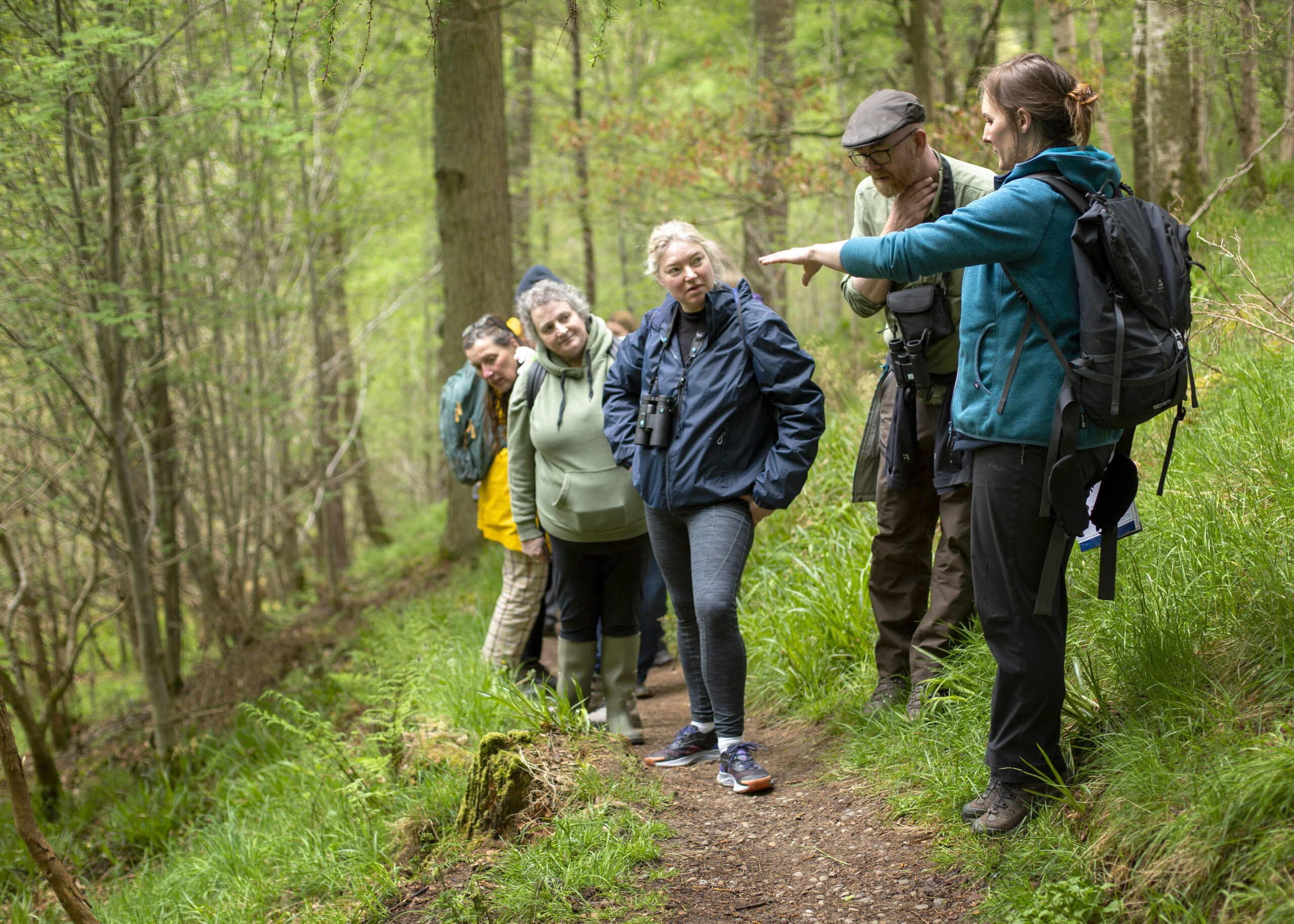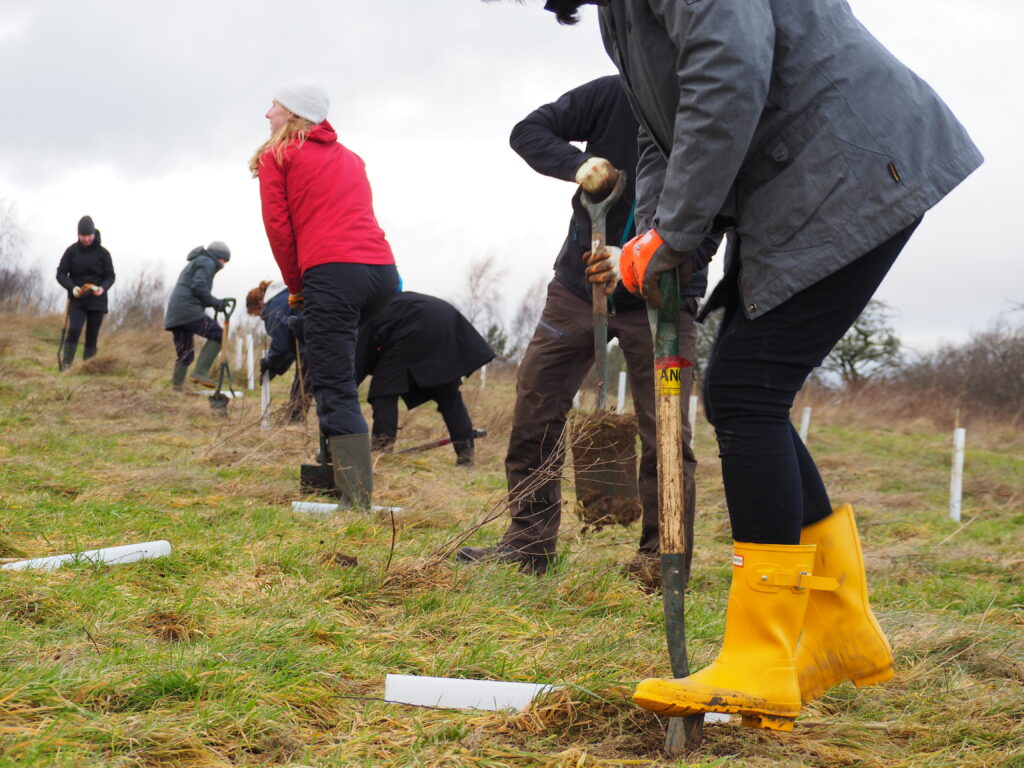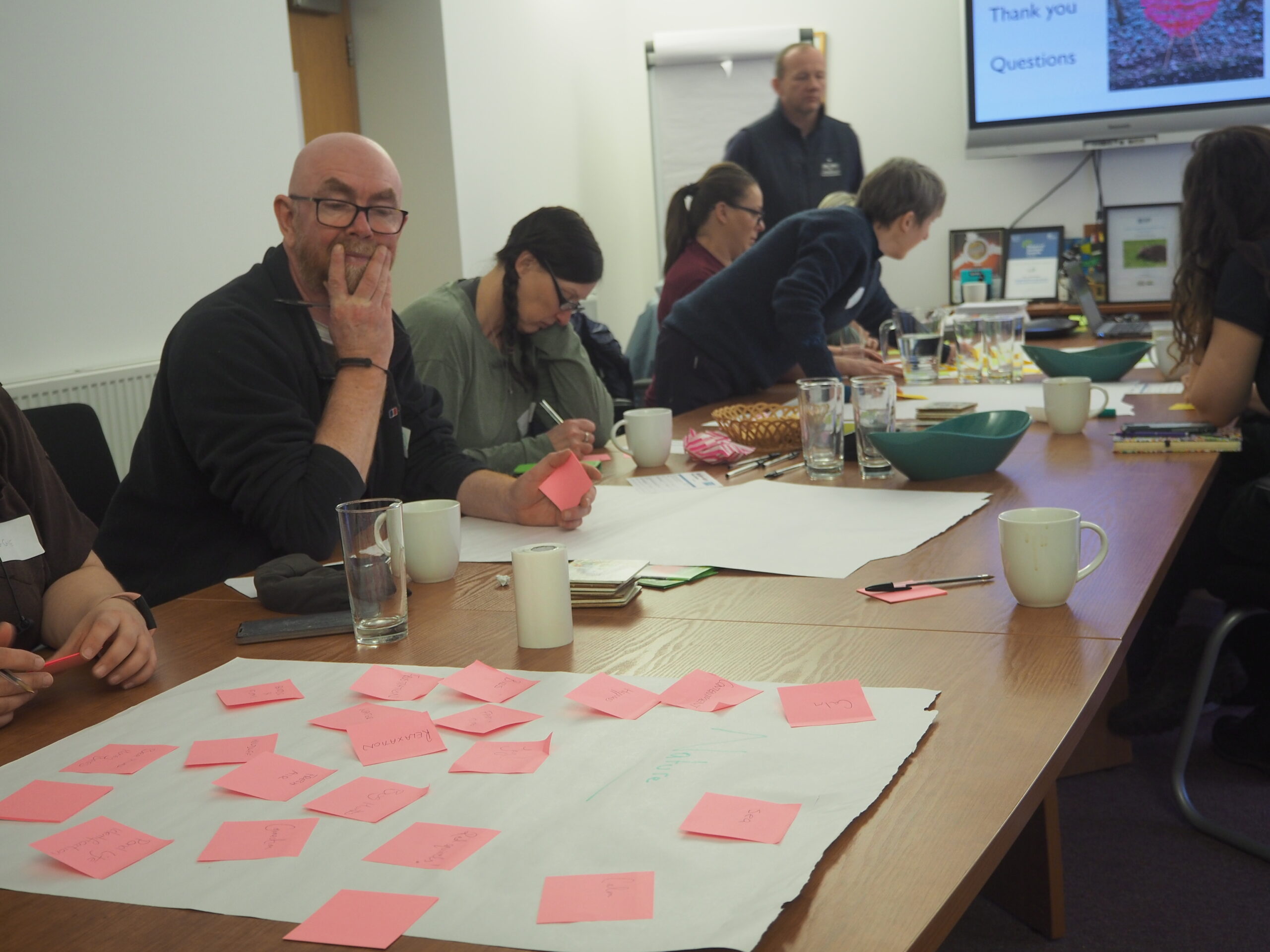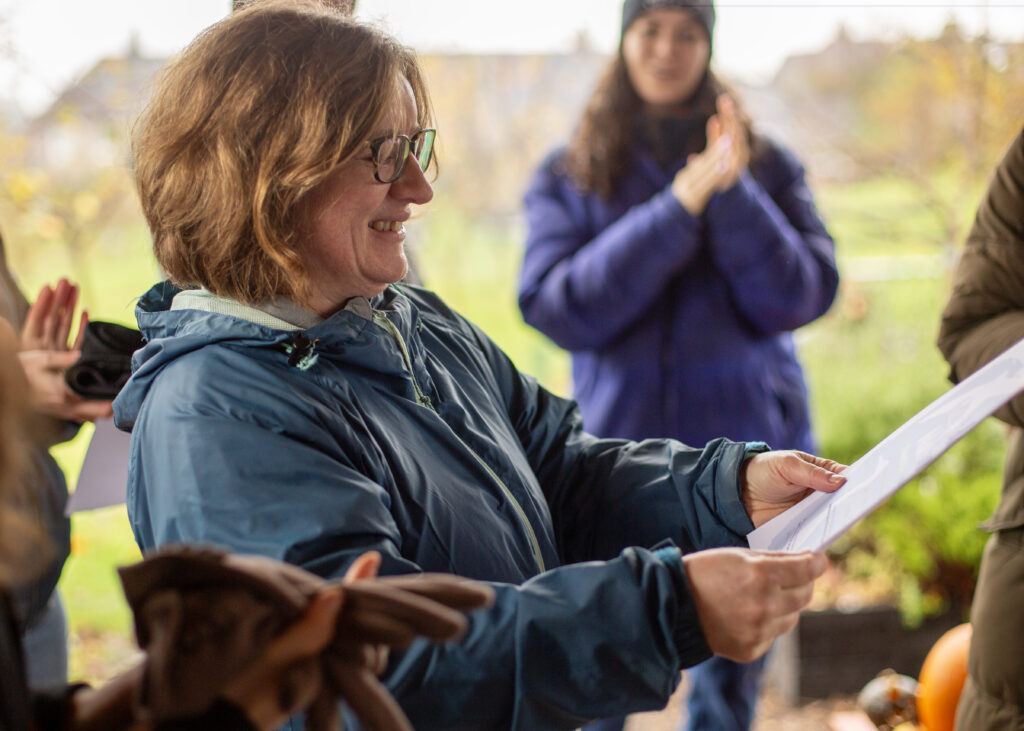Taking action for nature as an individual can seem like a daunting task at times, but with the help from others in our community we can make that much more of an impact. Becoming an established group can help harness the power of your community and focus your efforts on actions to bring around real positive change in your local area. Incorporated or otherwise, read on to explore your options as a group.
Pros and cons
So you’re thinking of becoming an officially established group. There are certainly plenty of reasons why that can be a positive step! Such as…
- Having people to rely on and learn with.
- Wider access to support and opportunities to develop and grow, for example funding for groups.
- There’s strength in numbers and groups can play a big role in local communities and affect more positive change.
- Bringing together diverse people with different experiences and from different backgrounds.
- Having a clearer structure for decision making.
But, as with many things, there is a flip-side and potential drawbacks. These might include…
- Getting set up as an official group, especially as one that is legally registered, takes time and effort.
- It can take longer to make decisions as a group as processes and procedures need to be followed to ensure all voices and opinions are considered.
- The commitment of being a member of an established group might be too much for some people who are only able to be involved in a relaxed or ad-hoc capacity.
Incorporated or unincorporated
Most community groups fall into two categories: incorporated or unincorporated.
Incorporated groups are legally a separate entity. An incorporated group is more regulated than an unincorporated one. It can employ people, take on a contract or rent property. An incorporated group can be a charity, a company or other structure.
You’ll likely need help and advice from accountants and solicitors to set up, but most simple community groups will not need to incorporate unless they need to buy or rent premises, employ people or undertake higher risk activities.
An unincorporated group or association is a group of people that have come together for a reason other than making profit. It is set up through an agreement between the members of the group. You don’t need to register an unincorporated association and there is no cost for setting one up. Examples of unincorporated associations include sports clubs, voluntary groups, and resident’s groups.
If you’re a small group of volunteers, with no plans to employ staff or rent premises, an unincorporated association is the best option. An unincorporated association:
- doesn’t have to be a charity,
- isn’t a separate legal structure,
- has members who vote on what the group should do; and
- can become a different type of group or a charity later.
It’s also the easiest to set up – all you need to do is write a constitution or governing document.


Writing a constitution
A constitution is simply a written document that explains how your group is run, what your group is going to do, and how it’s going to do it. It also helps demonstrate to funders that the group is democratic and accountable. A constitution is sometimes also referred to as “rules of association.”
Key things to include in your constitution are:
- Your group name.
- The aims of your group.
- Membership details, eg who is a member, membership fees, how people can join and leave.
- How you will ensure equality, diversity, and inclusion in your group.
- Your group structure, eg if you choose to have a committee to run the group (more on this below).
- Meetings – every year you will need to hold an Annual General Meeting (AGM).
- Financial information and how you plan on handling money, for example setting up a bank account for the group and assigning signatories.
- How the constitution can be updated and changed, and whether changes will require a vote.
- Who can make the decision to close the group and how to do this, and what happens to any money.
Once your constitution has been written, you’ll need to ask everyone in the group to read it and agree, and have at least two members sign and date it. It’s also important to make sure everyone in the group has a copy.
Group structure – a committee
A common structure that unincorporated groups use is a committee. A committee is a group of people who are responsible for running the group and making big decisions. Normally, all the members of the group vote for people to be on the committee each year at the AGM. If you decide to set up a group committee, you’ll need to decide how many people will be on the committee, and what they will be responsible for. Some common committee roles include:
Chair who is responsible for:
- Organising and chairing meetings.
- Preparing agendas.
- Ensuring action points are completed.
- Having a clear idea of the goals and aims of the group.
- Being welcoming and kind to all members.
Secretary who is responsible for:
- Taking minutes during meetings.
- Distributing minutes amongst members.
- Working with the chair to write the agenda.
- Thinking strategically about the goals of the group.
- Finding locations for meetings.
Treasurer who is responsible for:
- Budgeting any money the group has.
- Keeping track of any money the group has.
- Researching fundraising opportunities and funders, if needed.
Other optional roles might include Press Officer (sends stories to the newspapers and answers their questions), Fundraiser (raises money), and Membership Secretary (looks after the members).


Useful links
- The Resource Centre has a great guide on the different types of community group and the various requirements of some common groups.
- The Resource Centre also has more information on writing constitutions on their website.
- Communities Channel Scotland has some useful guidance on some things to think about when setting up a group.
- If you’d like to learn more about charitable groups, bank accounts and insurance for groups, you can now join our free online Pioneers Programme course to learn more. Find out more about the programme and how to register here.
